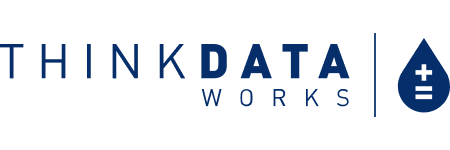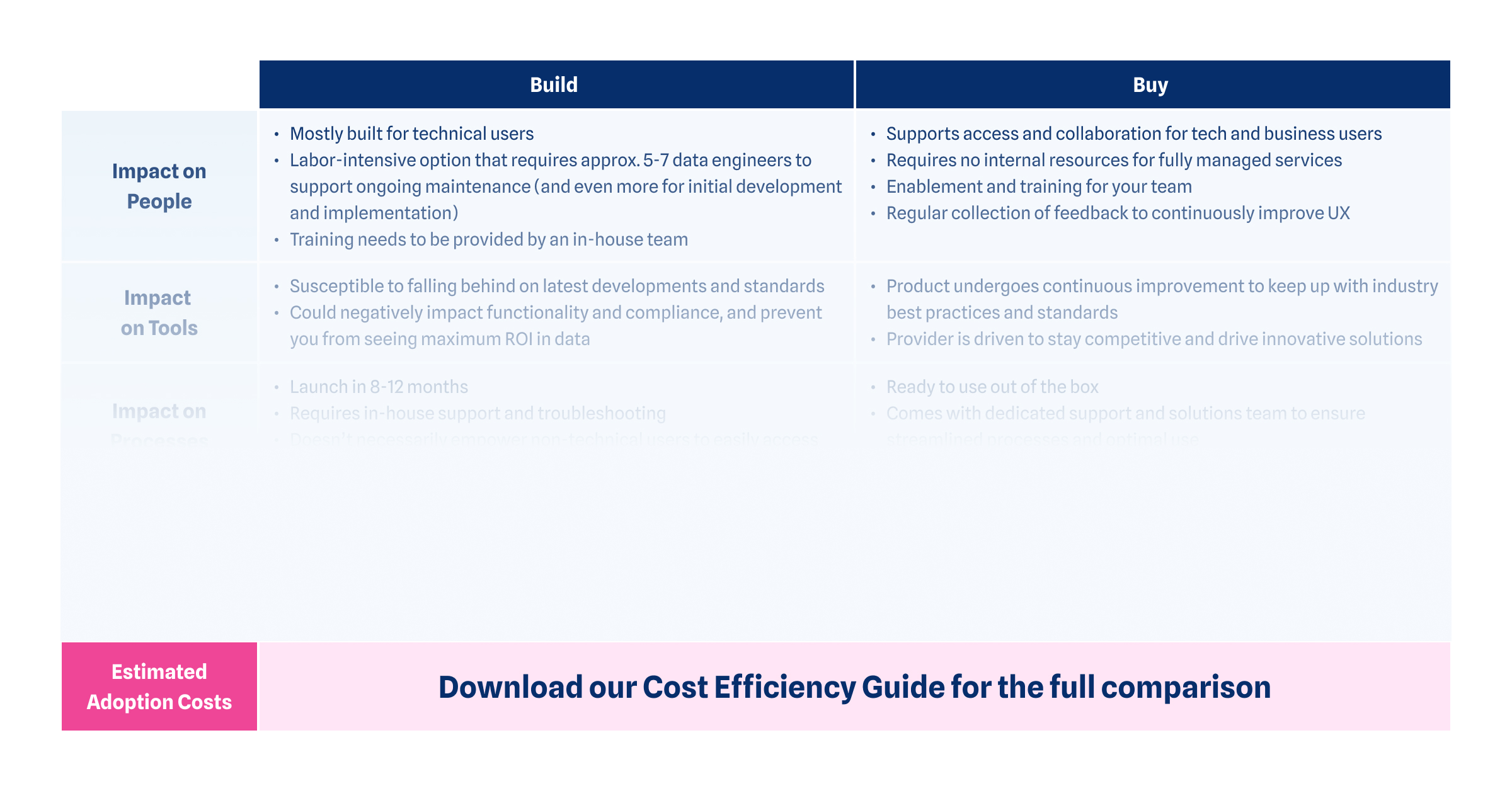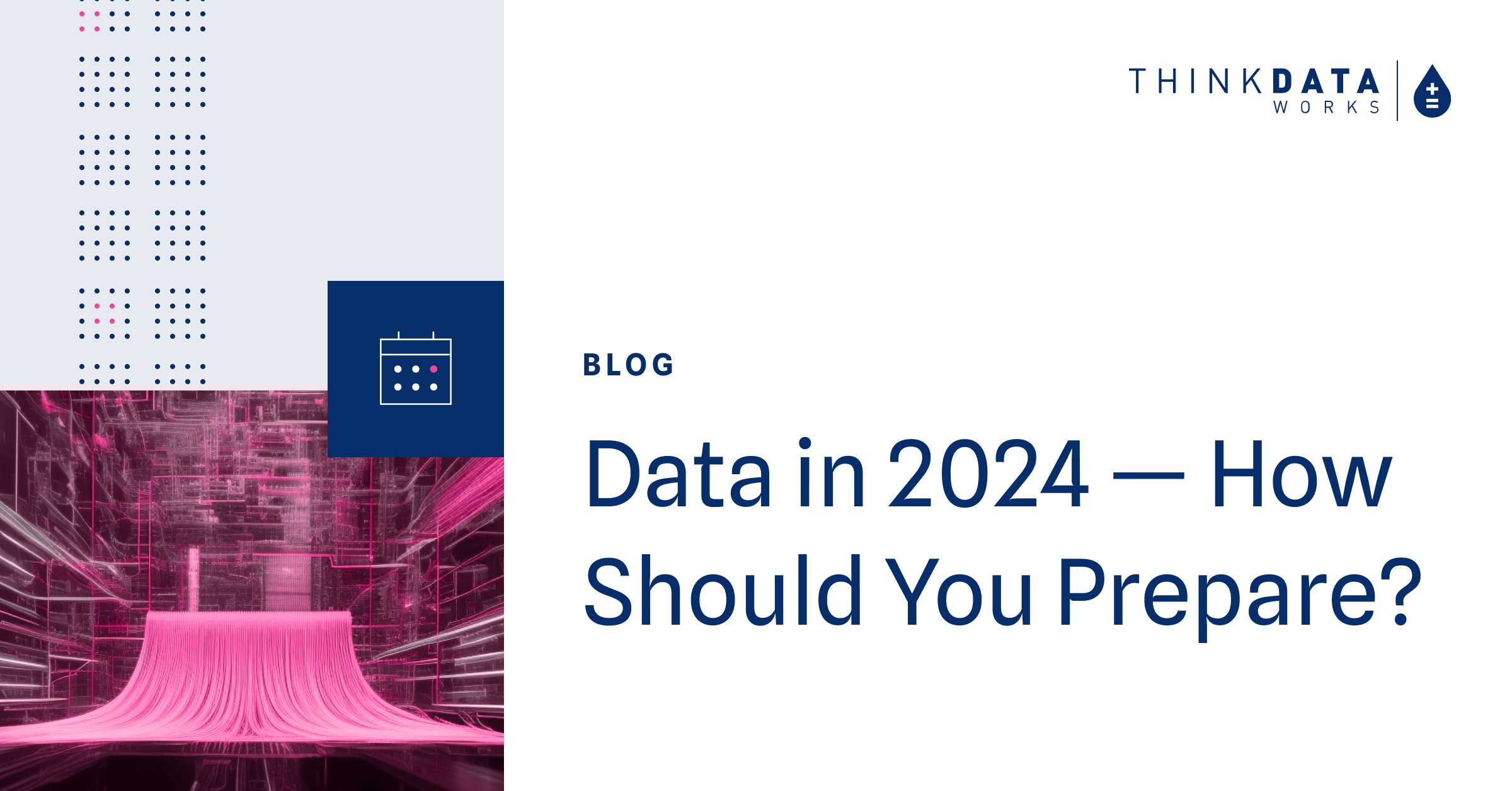4 min read
5 min read
Features Every Data Catalog Needs (But Most Don’t Have)
Tim Lysecki
March 10, 2023 11:37:24 AM EST
In today's data-driven world, organizations are demanding and consuming vast amounts of data — data that needs to be easily accessed, analyzed, and presented in a way that enables quick action. Data catalogs are supposed to make it easier for data scientists and business users alike to find the data they need and use it to drive decisions.
But for all the potential data catalogs have, they continue to under-deliver. So what are they missing? Let’s explore the features and capabilities that could turn a basic data catalog into a dream platform that delivers all the benefits.
What is a data catalog platform?
A data catalog platform is a centralized piece of technology that enables organizations to discover, understand, and manage their data. Without getting into the governance nitty-gritty, the goal is to make it easier for anybody within that organization to find and access the data they need to make informed decisions.
Data catalogs are supposed to be good, right?
Yes! A good data catalog platform is a crucial component of a modern data management strategy, and a must-have for organizations that want to extract maximum value from their data assets.
The promise of a data catalog platform is irrefutable – that’s why businesses make the initial investment. And that’s why the Global Data Catalog Market size is expected to reach $2.1 billion by 2028.
They’re supposed to bring a host of game-changing business benefits to help you gain a competitive edge, such as:
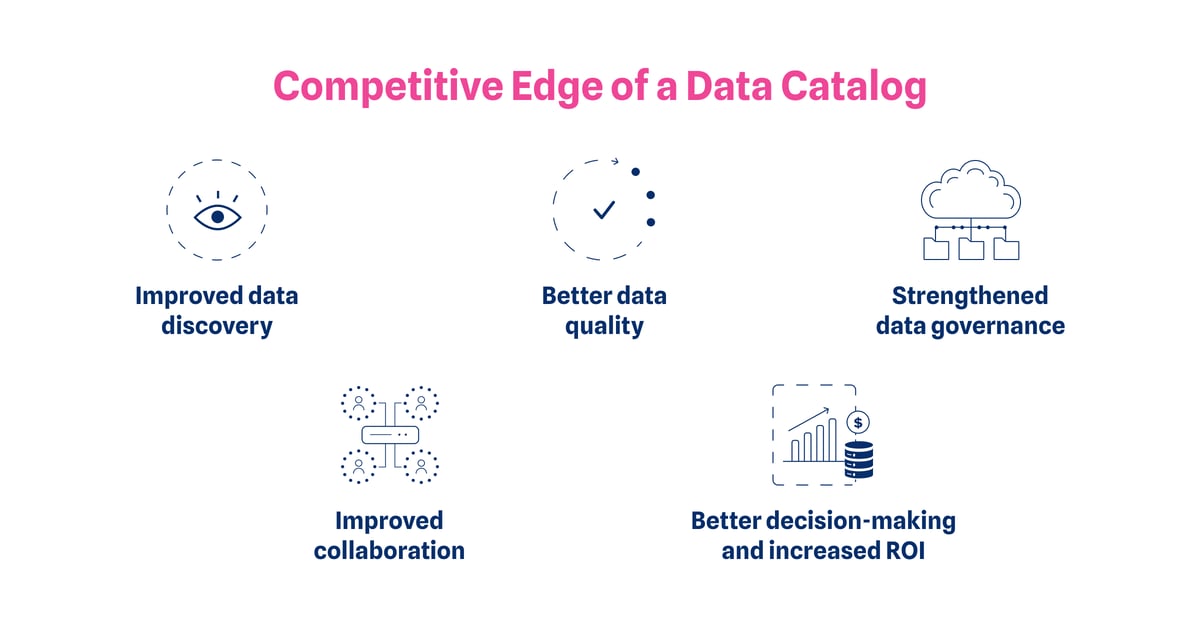
-
Improved data discovery: data catalogs streamline the data discovery process and provide a centralized repository of metadata, reducing the time and effort required to locate and access data.
-
Better data quality: because they keep tabs on the ins and outs of every dataset, comprehensive tools for monitoring and improving data quality enable organizations to ensure the health and completeness of their data.
-
Strengthened data governance: a data catalog centralizes certain data governance functions and empowers organizations to enforce policies and standards with access controls, metadata, and access auditing.
-
Improved collaboration: The platform supports collaboration and sharing among the entire organization (i.e. every function that needs data, not just the ‘in-the-know’ roles), facilitating better communication and teamwork.
-
Better decision-making and increased ROI: Data catalogs help you tap the value of every piece of data again and again, leading to more informed decisions and increased return on investment.
All those promises are why data catalogs have been disappointing for many organizations. When they realize their data catalog solution – homegrown or otherwise – doesn’t deliver the results they were once so hopeful for because the tool is either too complex or it lacks the capabilities they thought it had. Then they’re left with wasted resources, unresolved questions and in no better position against their competitors.
How do some data catalogs miss the mark?
Ask anybody who works with data about data catalogs. They’ll likely agree that data catalogs can be complicated and disappointing. With so much potential, it’s a shame that certain process and/or technical limitations are standing in the way of greatness.
Let’s unpack some of the most common pain points here:
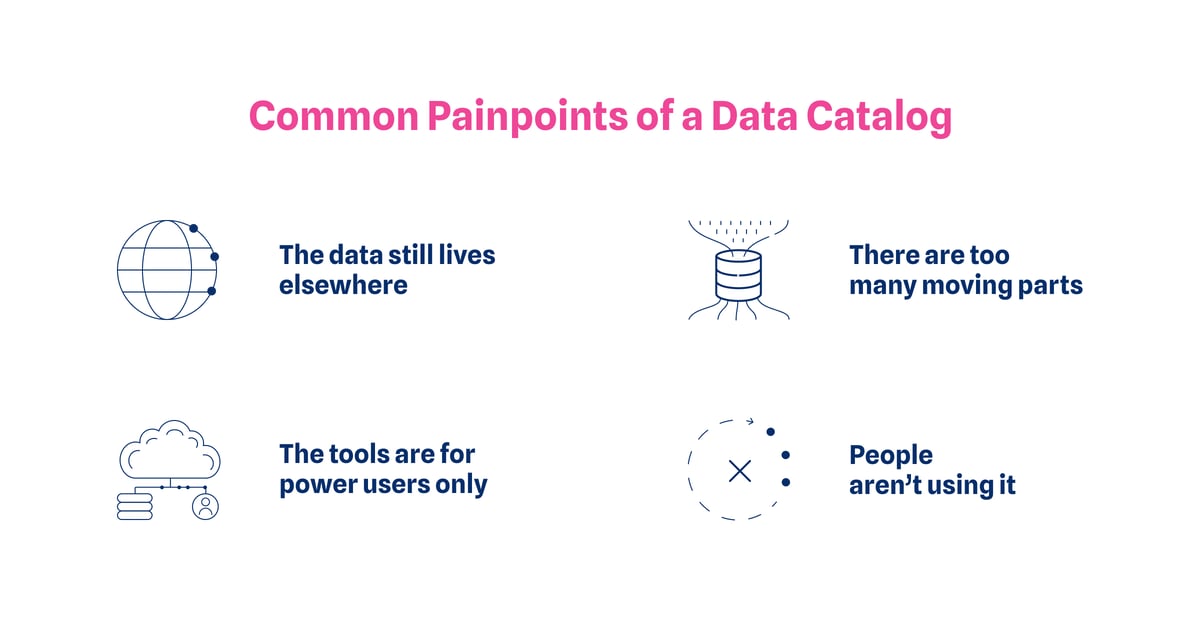
-
If you need the data, you need to go elsewhere. Sure, there may be a record of data, where it's stored, and metadata — but access, sharing controls, and even just seeing the data, in a lot of cases, happens elsewhere. This adds process complexity instead of reducing it and does not serve an agenda of building a data culture and democratization.
-
The tools are for power users only. If you want data in the hands of anybody who can make use of it, you need a user interface that makes data access simpler. Without a user-first experience, your data professionals will still be bogged down by searching for and sharing the data that other teams need, taking up a ton of valuable time and eating into every department's productivity (because by now, every department relies on data).
-
There are too many moving parts. With so many tools deployed to accomplish so many different goals, data ecosystems are becoming increasingly complicated, and each new piece of the puzzle feels like more added stress. Not only does a richly-featured catalog platform ease cognitive load and tool transfer, it reduces the number of points of failure. This approach doesn’t make multiple copies of data for different systems, platforms, and tools — when data does move, it’s done in a way that always calls back to a single source of truth, not copy after deprecated copy.
-
Finally, people aren’t using it. A data catalog with a poorly designed user interface (or no interface, in the case of those companies who are using an Excel file to track data assets) is like a library without any shelves. A lack of training and support can make it difficult for users to find what they need, resulting in low adoption and in turn, reduced efficiency and wasted costs.
How data catalogs could do better
If you could design the perfect data catalog platform, what would it do?
If you ask us, a good data catalog platform would seamlessly integrate into an organization's data ecosystem and provide a centralized, organized view of all its assets. It would be searchable and scalable, allowing users to effortlessly discover, manage, and utilize data securely and compliantly.
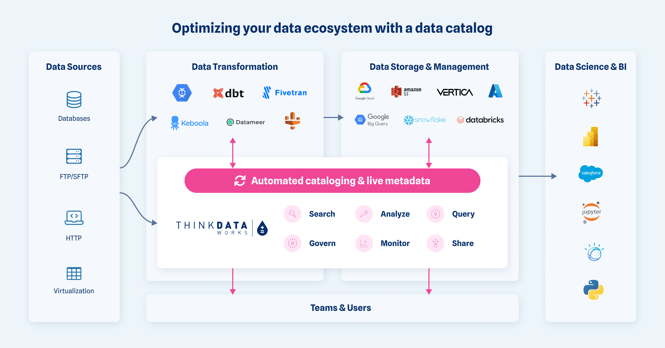
But a dream data catalog would go even further by:
-
Providing multiple ways to connect to data. Most data catalogs are metadata only. Only recently have they started to include other methods of connecting data, like virtualizing individual datasets. In an ideal scenario, users could create metadata references, virtualize data from existing warehouses, or ingest data from outside sources into their preferred warehouse environment, giving organizations standard access to any kind of data from a central hub. This is particularly useful for organizations taking advantage of a variety of data sources (hint: all successful companies are taking advantage of multiple data sources).
-
Delivering data to every user. Data catalogs can be complicated, to the point where only skilled data professionals can find data, share it, or use it to inform decisions. This can look like a ‘win’ for governance on the surface; but ultimately, it’s holding you back. A dream data catalog would be easy to search and use – for anyone – so users of any proficiency can find data easily and without an intermediary. Governance comes in to protect specific datasets and columns, balancing transparency against secure access controls and sharing rules.
-
Demonstrating the business value of data. When data catalogs are just used as a reference point, which they often are, they miss a giant opportunity to prove why that data is valuable. That is, how the data is used, by who, and how often. Details like these prove the return on investment of data, and tie investments in your data program to initiatives you know will be successful. An activity dashboard that tracks data’s usage and utility over time gives critical context to your data program.
Build or buy? It depends on what you need
Now that you’ve seen how a data catalog could and should improve business results and enhance day-to-day operations, there’s an important decision to consider: Should you build it or buy it? The answer depends on your specific needs and constraints.
Building a data catalog in-house often goes one of two ways: your team builds a spreadsheet that you outgrow, or it spirals out into a time-consuming and resource-intensive process that pulls time away from the very people you want a catalog for in the first place. The benefit to building a catalog yourself is that it offers more control and customization, designing your data catalog around specific internal systems, standards, and tools; the drawback is that all of those things take significant amounts of planning, development, and money.
On the other hand, in-market data catalog solutions can provide faster implementation, access to best-in-class features, and the support of a dedicated vendor. While there is an upfront cost involved with this option, it can ultimately be more cost-effective in the long term (and actually, even in the near term), especially for organizations with limited technical resources.
Live the dream with a modern data catalog platform
Data catalogs play a critical role in managing an organization's data assets and ensuring that data is accurate and actionable. However, many teams still struggle to manage the pain points that keep data catalogs from reaching their full potential. This can lead to poor ROI, unmet expectations, and unproductive use of time and resources.
Just imagine, a data catalog platform that doesn't frustrate your teams with complexity and missing features, but instead leaves you feeling satisfied and impressed. Luckily, there’s hope. With a modern data catalog platform deployed by a team of data experts unlocking value at companies like Roche, Scotiabank, and Martinrea, you’re one step closer to living the dream.
Learn more here or get in touch to see how ThinkData Works can help.
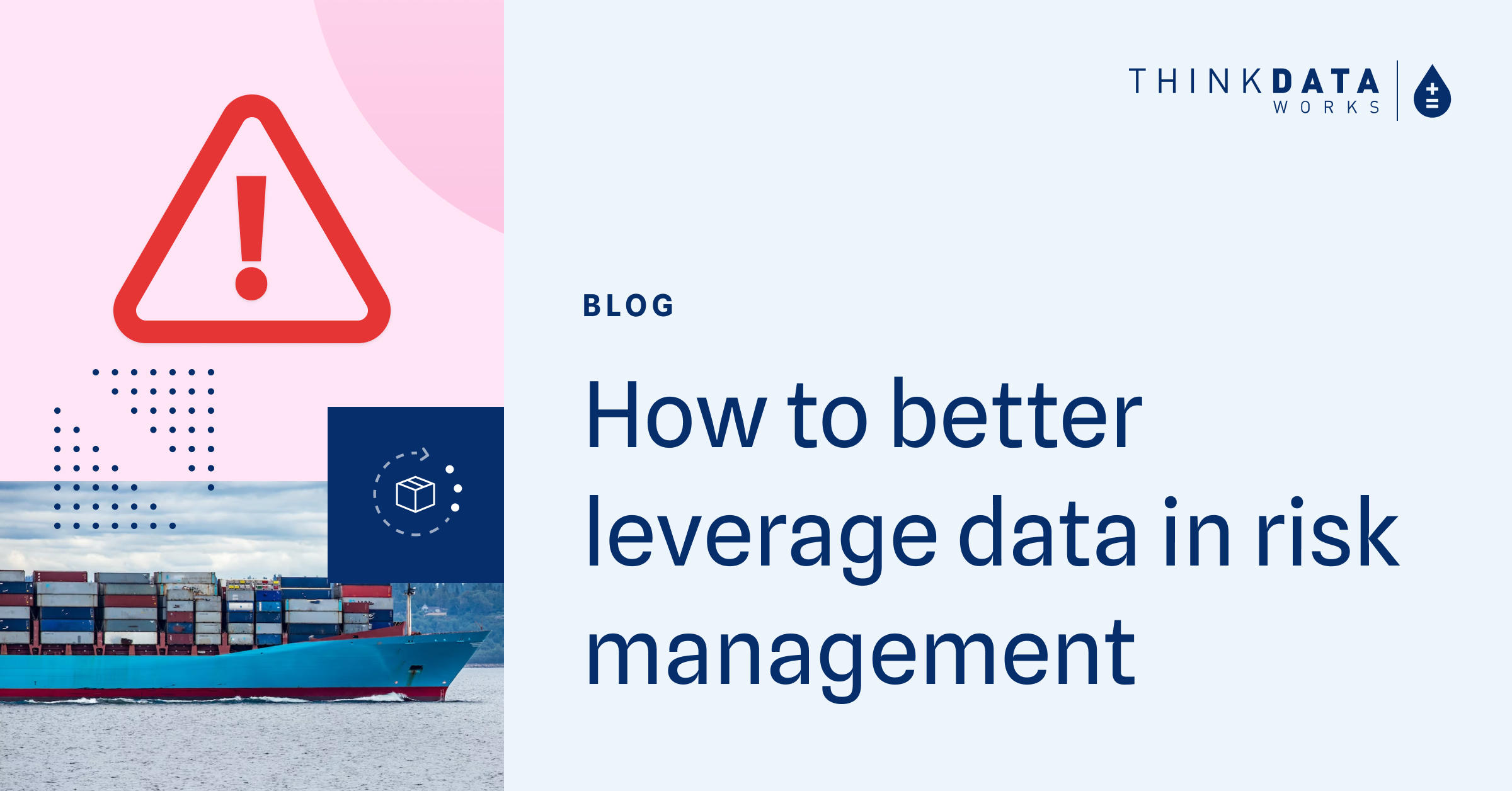
4 min read
How to better leverage data for risk management and crisis response
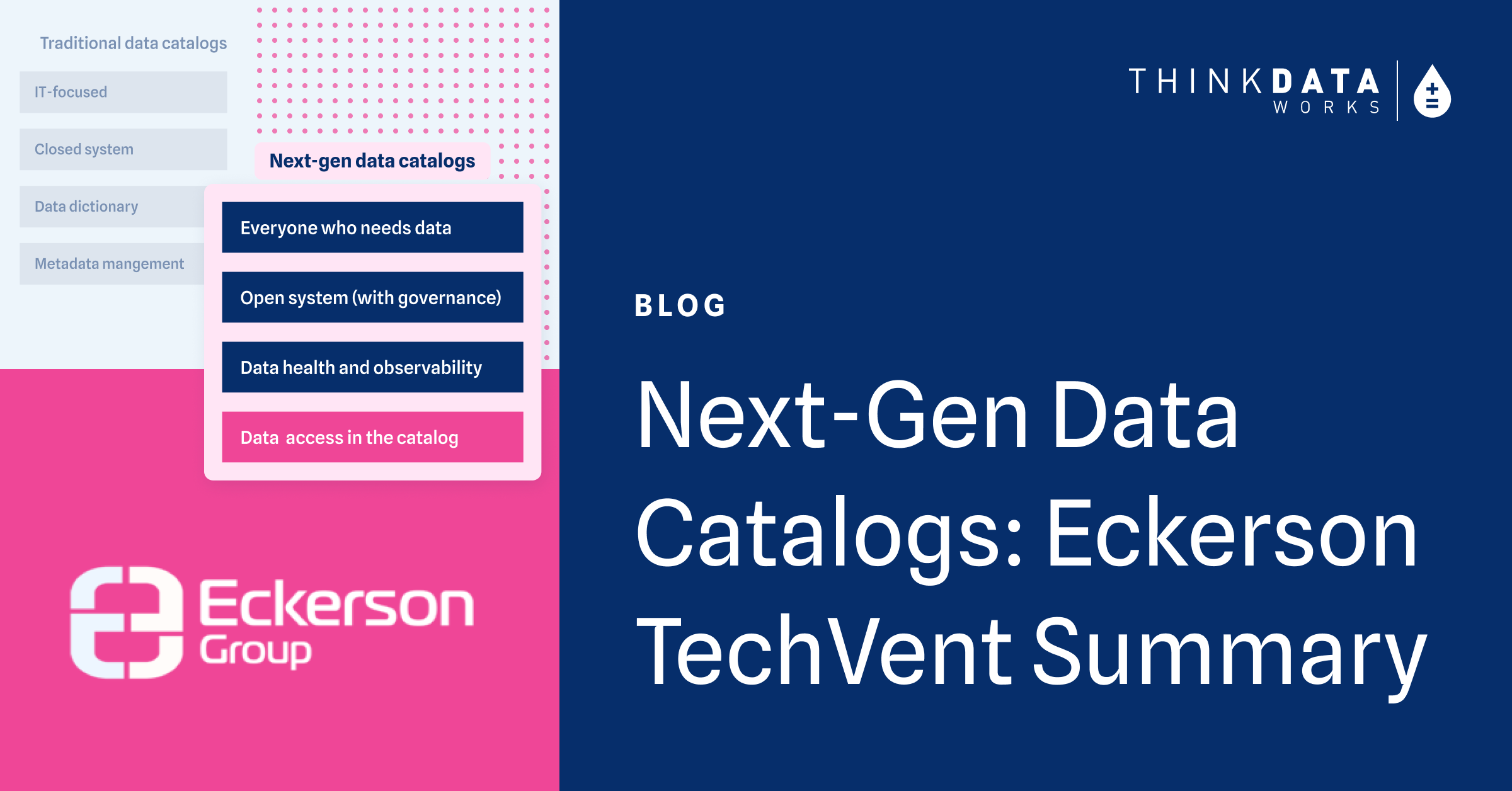
3 min read
